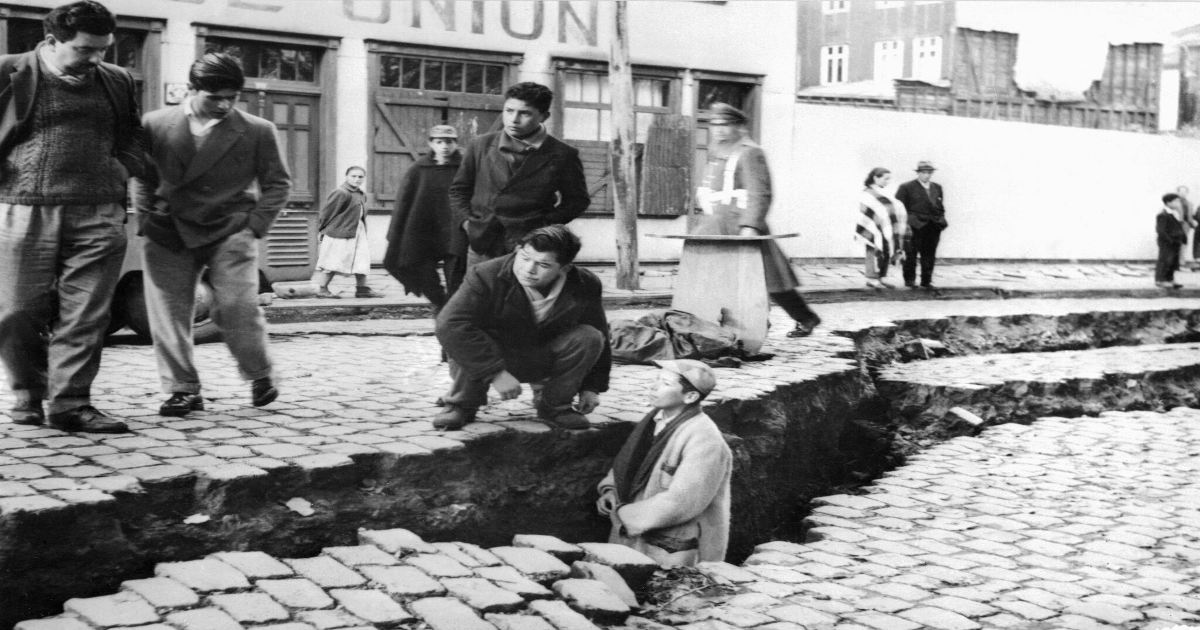STF/AFP via Getty Images
Scott Strazzante/The Chronicle
VINCE MAGGIORA/STAFF
Russia was shaken early Wednesday by an earthquake of staggering magnitude — 8.8 — on its far eastern Kamchatka Peninsula.
Assuming the number holds, the quake would be the sixth-largest earthquake on record — the same magnitude as a 2010 quake in Chile that killed over 500 people, as well as a January 1906 Ecuador temblor whose tsunami waves reached the Northern California coast.
Could the Bay Area — still traumatized by the 7.9-magnitude quake of April 1906 — see a quake of similar magnitude?
Article continues below this ad
The short answer is no, scientists say.
Fault size is a factor in the maximum magnitude of an earthquake. The longest fault in California is the San Andreas, which runs 800 miles along the coast. But even the San Andreas maxes out around 8.3 magnitude, the U.S. Geological Survey says.
By contrast, the Hayward Fault through the East Bay is just 45 miles long and probably maxes out around a 7.0 magnitude — or a 7.2 if combined with a quake on the nearby Rodgers Creek Fault, Stephen DeLong, research geologist at the U.S. Geological Survey, previously told the Chronicle.
Information about the fault that produced the colossal quake in Russia was not immediately available.
But the world record-holder — a 9.5-magnitude earthquake in Chile in 1960 — originated in a fault that is 1,000 miles long and 150 miles wide.
Article continues below this ad
Earthquake magnitudes are measured on a logarithmic scale. For each whole number the magnitude goes up, the amplitude of the quake rises tenfold — and the energy release is a whopping 32 times greater, per USGS.
An 8.8-magnitude earthquake is shockingly powerful. A 7.0, which either of the Bay Area’s two most worrisome faults could produce, is extremely dangerous also. The U.S. Geological Survey recently found that more than a million buildings would be damaged by a 7.0 quake centered in Oakland.
“The magnitude is less important once earthquakes get to around magnitude 7.0 than the proximity to the fault,” William Ellsworth, a professor of geophysics at Stanford, previously told the Chronicle.
He noted that the 6.9-magnitude Loma Prieta earthquake, the 1989 quake that caused a section of the Bay Bridge roadway to collapse and caused fires in the Marina, was centered in Santa Cruz County. It would have wreaked more havoc had it been closer to San Francisco.
Article continues below this ad
Reach Kate Galbraith [email protected]
